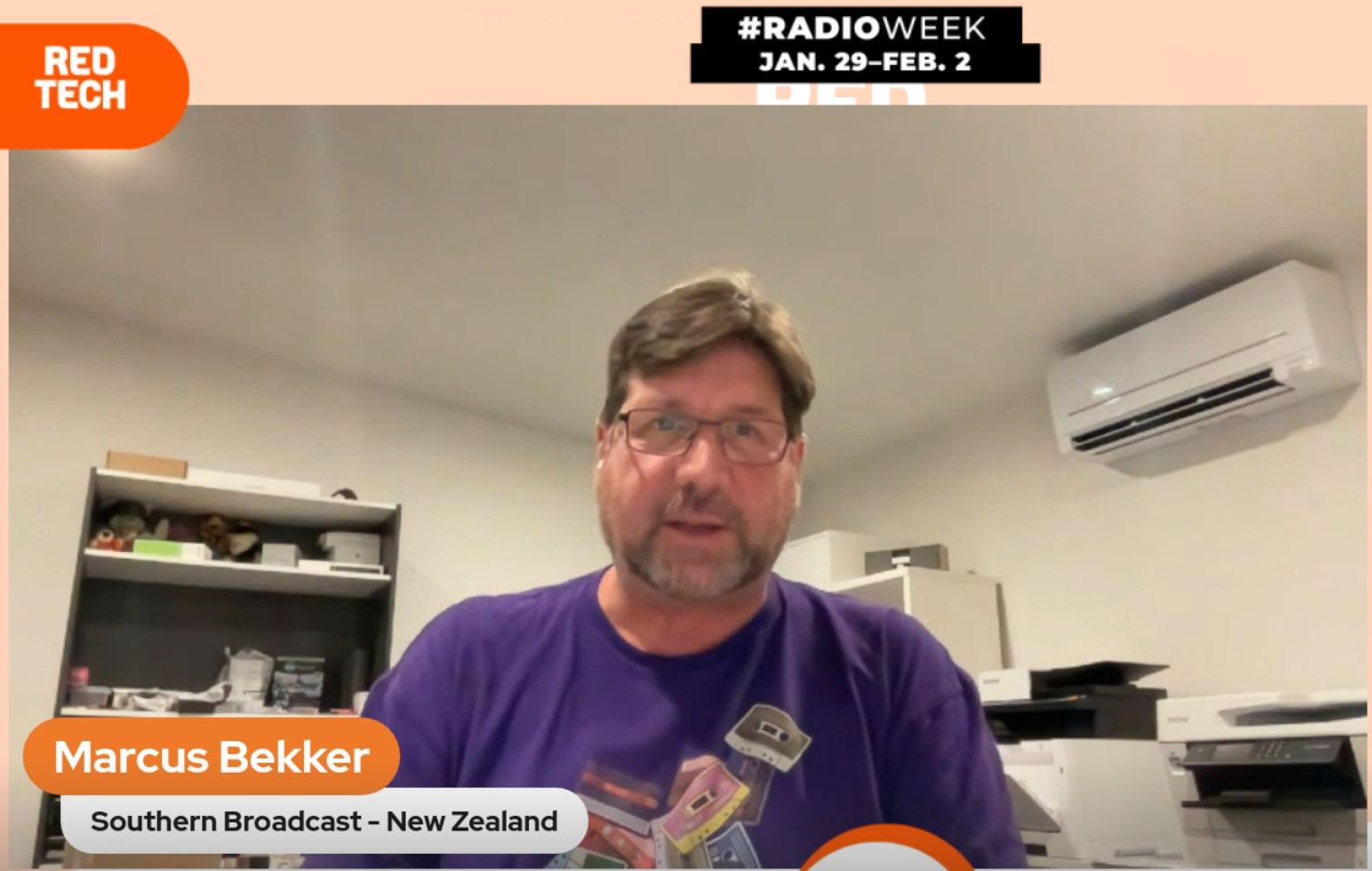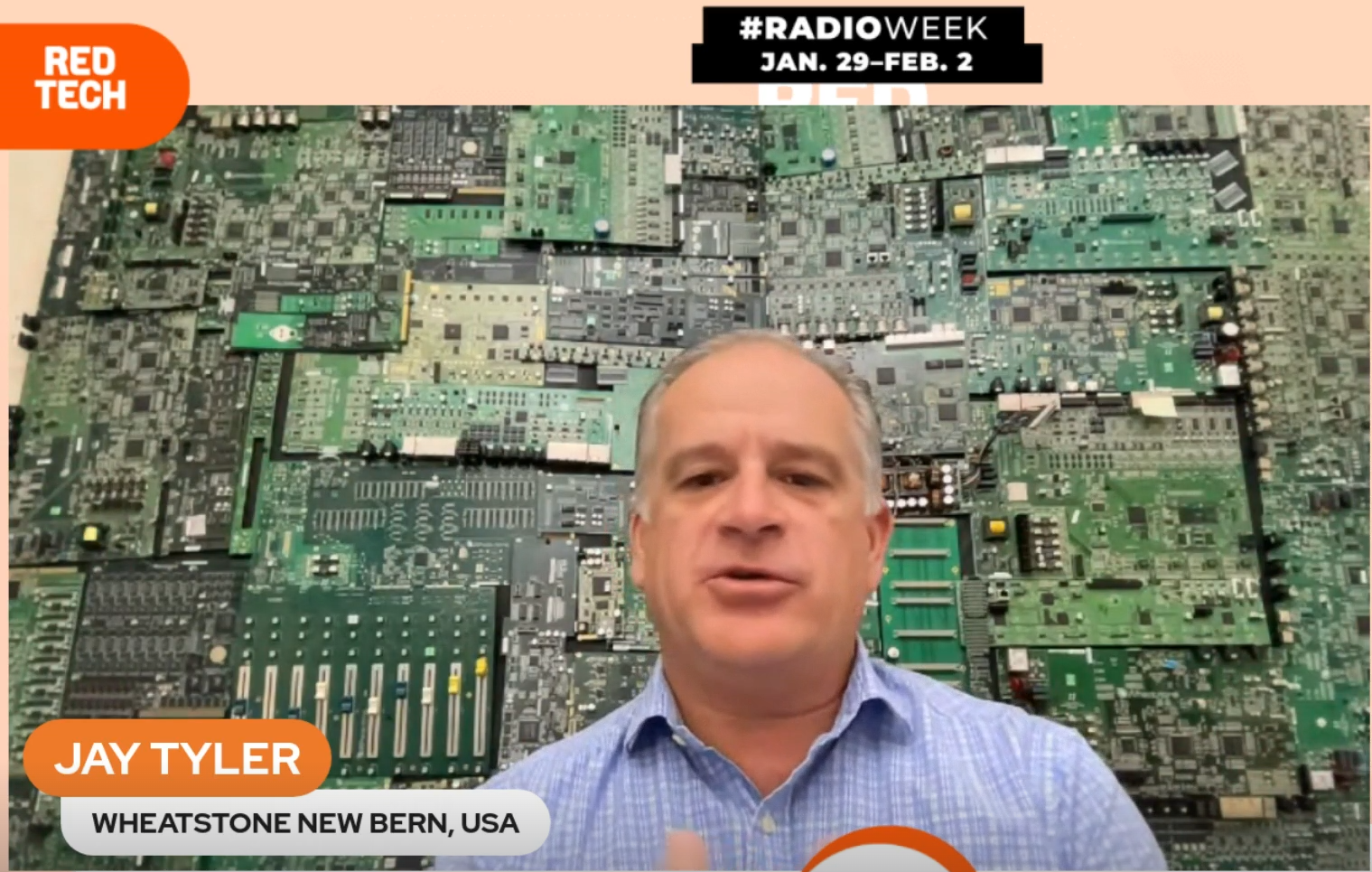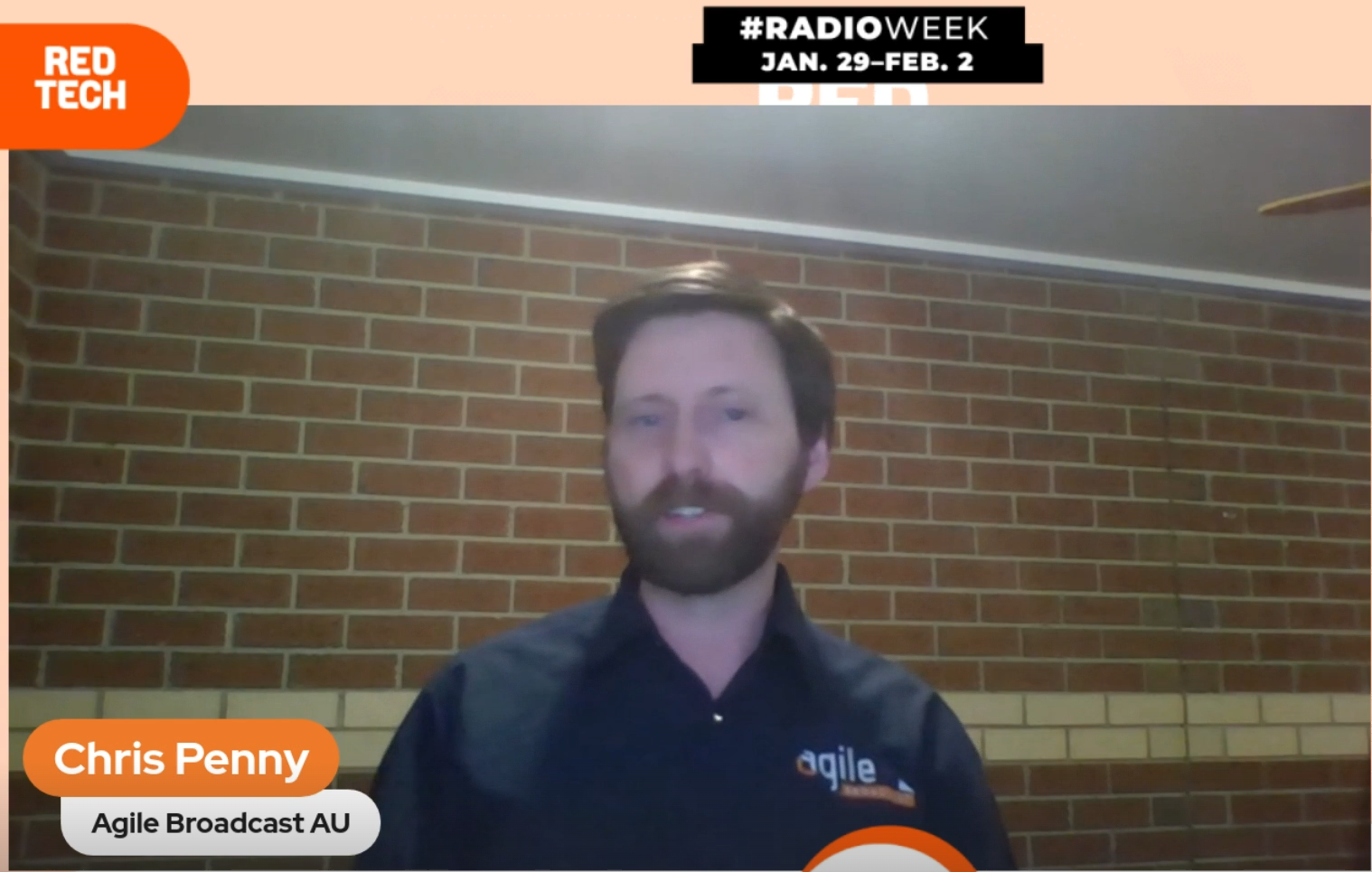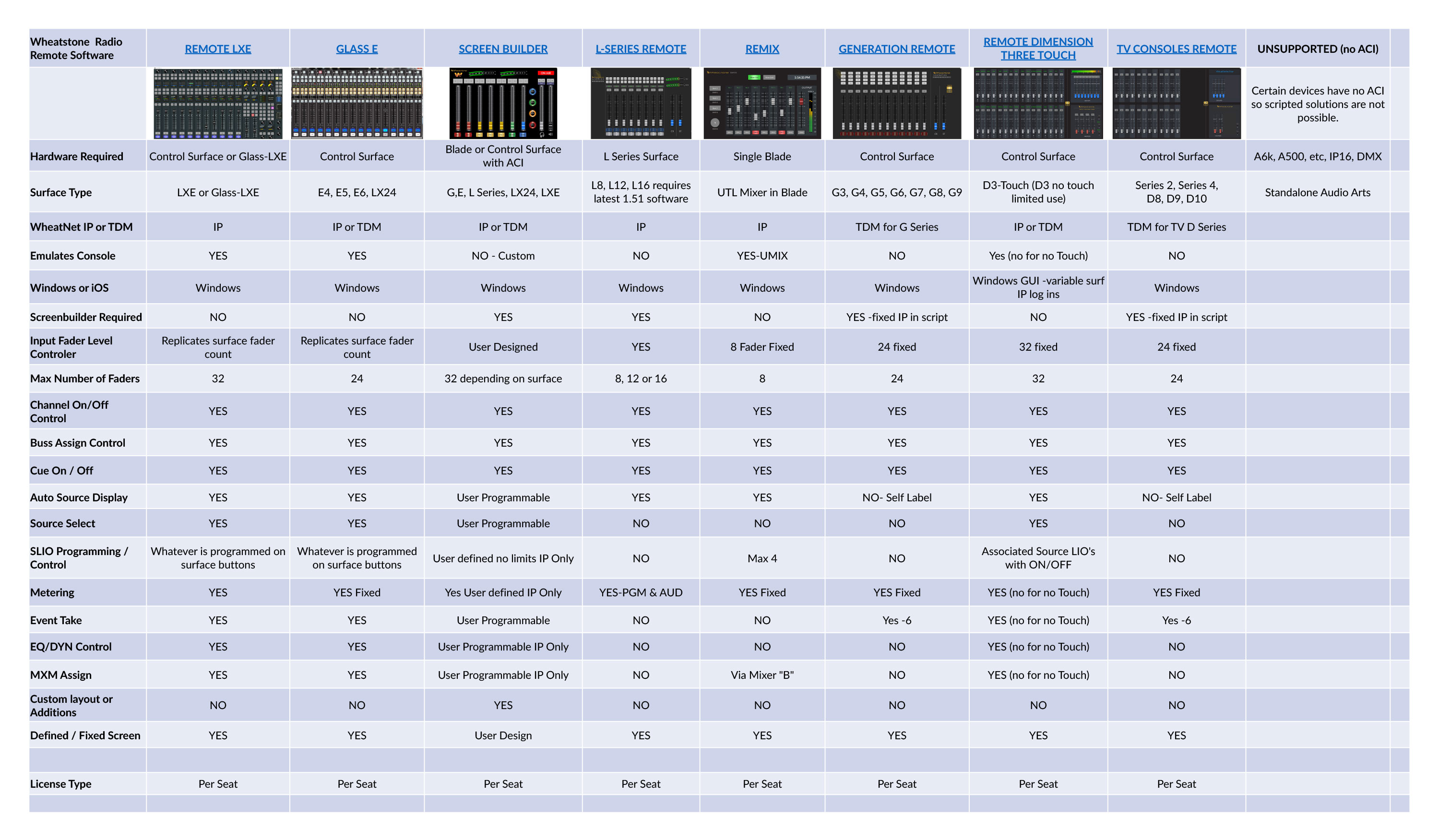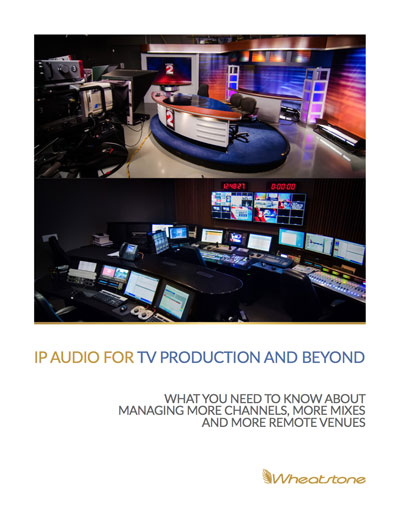
WHEAT:NEWS February 2024 Volume 15, Number 2
SOME DUBLIN SUNSHINE
Here’s some Dublin Sunshine for you! Not long ago, our Jay Tyler and Ronan O’Connor with Radio Services, Limerick, showed up at Sunshine 106.8 with an LXE console surface tucked under an arm. Here’s the result: a split frame LXE console surface networked by WheatNet IP audio networking. Since the visit, Sunshine 106.8 has become one of Dublin’s number 1 easy listening music stations.
All of which makes Wheatstone a very proud technology partner. When we asked Sean Ashmore, CEO of Sunshine 106.8, Dublin, what he liked most about his new WheatNet IP audio networked studios, he commented: “The ability to easily use the studio for pre-recorded segments whilst it was live on-air … the multiple GPIO options to distribute contact closures for live external network news bulletins to two other stations in our building… (and) the four channel mic processor (which doubles as an I/O and logic Blade).”
LOTUS SEATTLE: THE MAKING OF A STUDIO
Lotus Communications had less than six months to build out, network together, and bring four on-air control rooms, two production rooms, a voicetrack studio and a news desk with three editor positions live.
Here’s a frame-by-frame of how it came together, courtesy of RadioDNA. You’re looking at the new WheatNet IP audio networked studio suite for KNWN 97.7 FM/1000 AM, KLPZ 101.5 FM and KVI 570 AM facing out over Puget Sound in a shared architectural experience.
PPM COUNTING ON STREAMS, IN CLOUD
We’re putting PPM watermarking where our processing is, including on streams and in the cloud. We just completed the Nielsen certification process for inserting the PPM encoded watermark in our core streaming software. Now, no matter where you’re streaming from, whether it’s from an AoIP appliance, an on-prem server, or in an AWS cloud data center, your station will be counted.
Similar to our on-air processors, our streaming software carries the watermark that is then picked up by a Nielsen PPM device to be reported as a separate stream or tallied with on-air listenership to attract advertising buys.
Twenty percent of the time spent with AM/FM radio occurs via streaming, according to Nielsen’s Audio Today 2023 report.
“We’re using the same watermark technology to record those listeners and in the case of Wheatstone, we’re integrating the encoding right there in processing software rather than running it through a hardware encoder after the fact. It’s a much better way to operationalize it,” commented Eric Kmetz, Product Manager for Nielsen, which offered a hardware option in the past before introducing a software encoder that can now be added to any Nielsen certified processor.
“As a processing manufacturer, having that Nielsen encoder certified as part of the processing chain gives our broadcasters the assurance that their station is not only going to sound its best, but it’s also going to be measured by Nielsen,” said Jeff Keith, our Senior Product Development Engineer.
Wheatstone and Nielsen engineering teams completed a rigorous certification process that involved testing for quality and error detection of both audio content and the watermark being streamed through Wheatstone processing software.
Affected is Wheatstone’s Layers Stream, a full suite of software for streaming from an on-premise server or a cloud data center. Included in Wheatstone’s streaming software are metadata support and multi-stream management as well as audio processing designed specifically to optimize the performance of streaming codecs. Wheatstone also makes AoIP streaming appliances Streamblade and Wheatstream, which also include the PPM watermark.
The PPM watermark is inserted after the dual-band limiter in Wheatstone streaming processors for a robust, consistent signal that can be picked up by the PPM without interfering with the performance of the audio codec.
“After the audio processing is the best spot in the chain to add the watermark, and as a software option, this is making it easier for broadcasters to move their operations to a cloud based operation if that’s what is in their future,” commented Kmetz.
NAB2024 COMING IN HOT!
We’re gearing up for NAB 2024 with new products, new partnerships, new technology and a whole new take on the state of broadcasting. Look for our products and people in the LVCC, West Hall, booth W1731. It starts soon! Join us at NAB 2024 as our guest. All you have to do is register at NAB 2024 using our guest code NS8557. We will see you in a few weeks.
HAVE A FLEET OF CODECS? DO THIS.
If you have a fleet of codecs, you’re either dealing with a lot of live sports or news feeds coming into the studio or you’re really into logistics.
We’re going to assume it’s both, in which case you might want to manage all remote resources through one GUI and control all those audio connections through AES67 connectivity. If you’re a WheatNet IP shop, for example, managing codec properties through a WheatNet IP audio networked touchscreen (built with Screenbuilder tools) and using AES67 as the connectivity standard for all audio channels (available in our Blade 4 I/O unit) means you can easily manage multiple codecs for the same event. A good example of this is a live sporting event, in which you might have a codec for the play-by-play, a codec for the nat sound, and a codec feeding the venue’s concourse plus the codec for affiliates. Or, as Brian Oliger, CBT, CBNE, explained in an interview for Radio World’s ebook Trends in Codecs 2024: “Having all these codecs visible in the same [Comrex] GUI allows the producer to switch easily among them to make or drop connections, monitor network conditions and audio levels and change codec profiles as needed.”
Oliger is the Technology Manager for Hubbard Radio’s news station WTOP in Washington, D.C., which is using Comrex’s Access Multirack codec units integrated into a busy WheatNet-IP audio networked news complex of 50 workstations.
Combining codecs with AoIP routing, control, and AES67 connectivity, all managed through one GUI, can go a long way in managing a fleet of codecs.
STUDIO PROJECT PLANNING, HIGHLIGHTS FROM #RADIOWEEK 2024
Wheatstone sponsored a panel discussion on Studio Project Planning during #RadioWeek 2024. Four broadcast studio experts, including our Jay Tyler as moderator, tackled subjects such office suites for studios, managing projects during an engineering shortage, soft versus fixed consoles, visual radio, and so much more. Here are a few highlights and insights from our panelists Mike Dorris of Inrush Broadcasting Services, Chris Penny of Agile Broadcast, and Marcus Bekker of Southern Broadcast. The hour-long online session took place on Day 3 of RedTech’s annual Radio Week event, held this year from Jan. 29 to Feb. 2.
ON USING OFFICE SPACE FOR STUDIOS …
“The biggest reason that a lot of people are doing that [building new studios on a floor in an office building] is because it’s a huge cost saver... And for the most part on the technicals, you can get away with it based on mic processing techniques that have improved. A lot of facilities that were built out as almost recording studios basically had mics with a preamp and nothing else, so you needed to make sure that things were fairly well isolated. If you have mic processing, you can cheat quite a bit. It makes projects go faster. There’s less time spent on some of those details.” -Mike Dorris
"It’s always going to be very, very tempting for the accountants and radio station management to look at the cost of real estate and the cost of building studios and how that affects their leases. One of the larger builds we did recently was in a heritage building, so it wouldn’t have really mattered how much they wanted to make it perfect [like a recording studio], they would have still struggled because of the constraints around the construction they could put into… but, really, how much of that [noise] is going to get to air? And with technology and mic processing -- with gates and downward expanding-- it’s not really that big of a deal anymore.” -Marcus Bekker
ON STANDARDIZING ON STUDIO DESIGN AND EQUIPMENT…
“It was just a matter of time before the rest of the studio caught up with the automation system. The automation system was the first thing that I saw radio groups standardize on….we saw that once they embraced an automation system, they standardized on it. They standardized on that for cost, technical ability and also, as Chris mentioned, for the talent. Anybody could walk in an on-air room. We’re now seeing that with everything, from generators to traffic and billing, to telephone systems and console routing systems.” -Jay Tyler
ON STUDIO PROJECTS AND THE ENGINEERING SHORTAGE…
“Where you have a system that is the same in a facility with 40 studios, you learn one studio and you can support them all. Same with your operators, because potentially your operators are not technical people. They’re people who know how to produce a product so the more you can teach a person that ‘this is the technology and this is how you use it,’ and it’s a one-off thing in whatever space you move into, there are some great advantages.” -Chris Penny
“And the thing is with the technology that’s available now …while infinitely configurable… the base workings of how these systems work is going to be a lot easier to support in the digital realm than it ever was in the analog.” -Marcus Bekker
ON REMOTE CONNECTIVITY AS PART OF THE STUDIO DESIGN…
“It’s absurd at this point to think of building a facility that I cannot remotely control the console… As far as remote connectivity goes, especially once you move into AoIP, it becomes a lot easier to have a box that used to do two codecs and now does five. You can really scale that up without having to add a lot of time to the install.” -Mike Dorris
ON VISUAL RADIO …
“The best studios I’ve seen of late are by some very smart people who line the walls with tube all around to mount cameras or lighting or hang microphones on to make these multipurpose rooms, and they just move stuff around as they move the talent around…they can put branding on certain walls and they can put return video feeds on opposing walls...You don’t have to spend a lot of money to get a good result.” -Chris Penny
Link to Studio Project Planning for a replay of the entire panel discussion. You can also download our Studio Project Planning ebook for additional project planning tips and tools.
The Wheatstone online store is now open! You can purchase demo units, spare cards, subassemblies, modules and other discontinued or out-of-production components for Wheatstone, Audioarts, and VoxPro products online, or call Wheatstone customer support at 252-638-7000 or contact the Wheatstone technical support team online as usual.
The store is another convenience at wheatstone.com, where you can access product manuals, white papers and tutorials as well as technical and discussion forums such as our AoIP Scripters Forum.
Compare All of Wheatstone's Remote Solutions
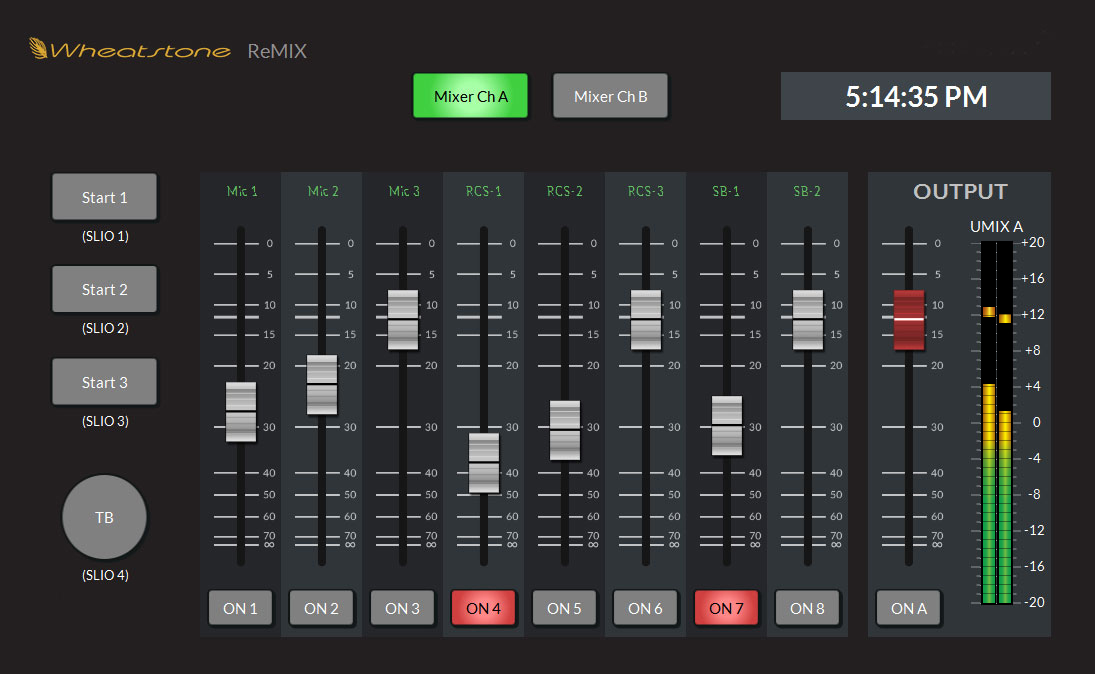 We've got remote solutions for virtually every networkable console we've built in the last 20 years or so. For basic volume, on/off, bus assign, logic, it's as easy as running an app either locally with a good VPN, or back at the studio, using a remote-access app such as Teambuilder to run.
We've got remote solutions for virtually every networkable console we've built in the last 20 years or so. For basic volume, on/off, bus assign, logic, it's as easy as running an app either locally with a good VPN, or back at the studio, using a remote-access app such as Teambuilder to run.
Remote Solutions Video Demonstrations
Jay Tyler recently completed a series of videos demonstrating the various solutions Wheatstone offers for remote broadcasting.
Check out the chart below, and/or click here to learn more on our Remote Solutions web page.
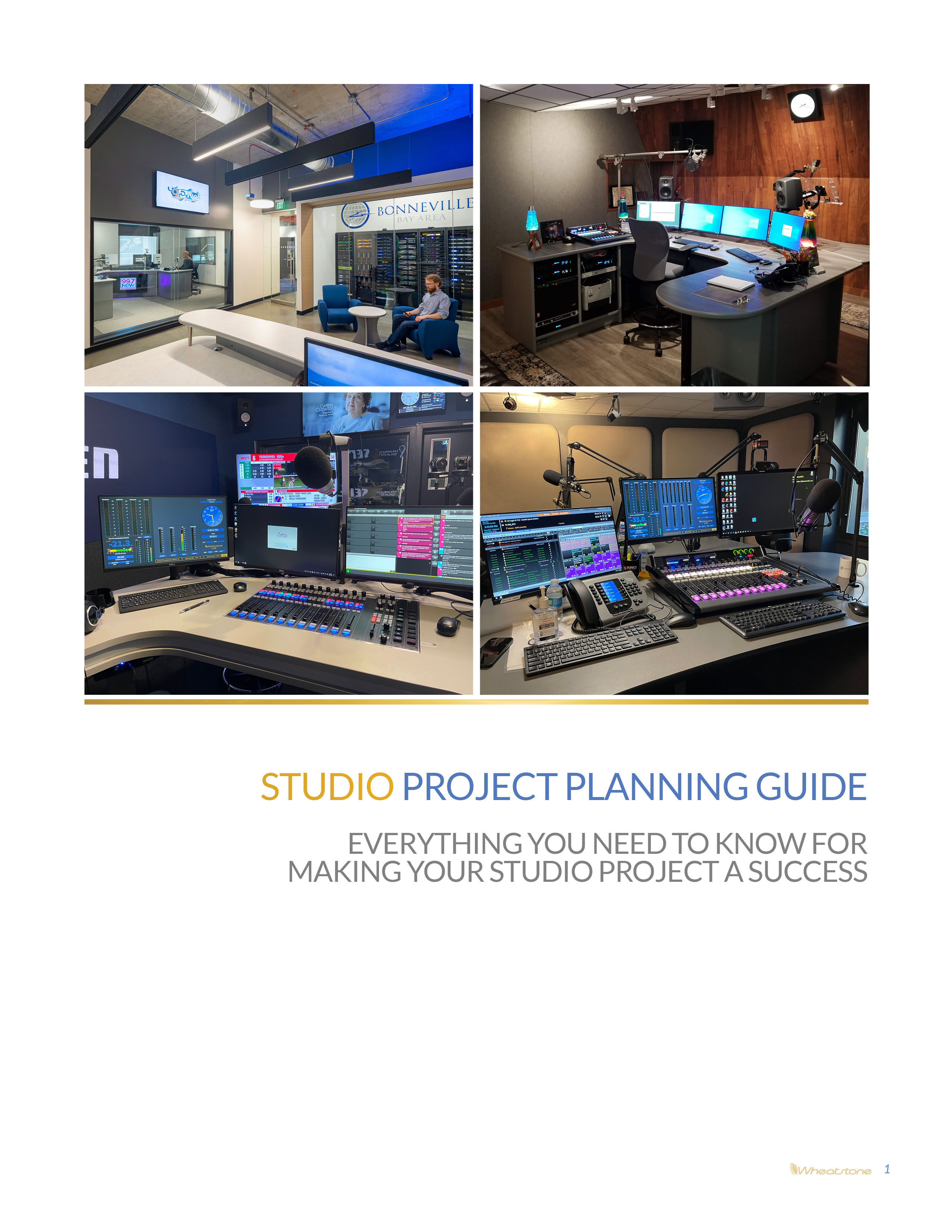 Studio Project Planning Guide
Studio Project Planning Guide
EVERYTHING YOU NEED TO KNOW FOR MAKING YOUR STUDIO PROJECT A SUCCESS
Have you seen the latest smart studio trends? Discover expert tips, surprising uses for AoIP Blades, 6 common studio gotchas, and how to be aware of little expenses. A must-read before you begin your studio project.
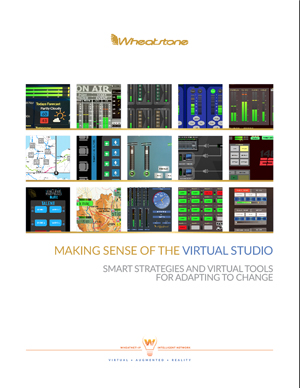 Making Sense of the Virtual Studio
Making Sense of the Virtual Studio
SMART STRATEGIES AND VIRTUAL TOOLS FOR ADAPTING TO CHANGE
Curious about how the modern studio has evolved in an IP world? Virtualization of the studio is WAY more than tossing a control surface on a touch screen. With today's tools, you can virtualize control over almost ANYTHING you want to do with your audio network. This free e-book illustrates what real-world engineers and radio studios are doing. Pretty amazing stuff.
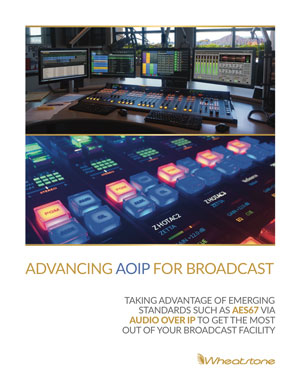 Advancing AOIP for Broadcast
Advancing AOIP for Broadcast
TAKING ADVANTAGE OF EMERGING STANDARDS SUCH AS AES67 VIA AUDIO OVER IP TO GET THE MOST OUT OF YOUR BROADCAST FACILITY
Putting together a new studio? Updating an existing studio? This collection of articles, white papers, and brand new material can help you get the most out of your venture. Best of all, it's FREE to download!
IP Audio for TV Production and Beyond
WHAT YOU NEED TO KNOW ABOUT MANAGING MORE CHANNELS, MORE MIXES, AND MORE REMOTE VENUES
For this FREE e-book download, we've put together this e-book with fresh info and some of the articles that we've authored for our website, white papers, and news that dives into some of the cool stuff you can do with a modern AoIP network like Wheatstone's WheatNet-IP.
Got feedback or questions? Click my name below to send us an e-mail. You can also use the links at the top or bottom of the page to follow us on popular social networking sites and the tabs will take you to our most often visited pages.

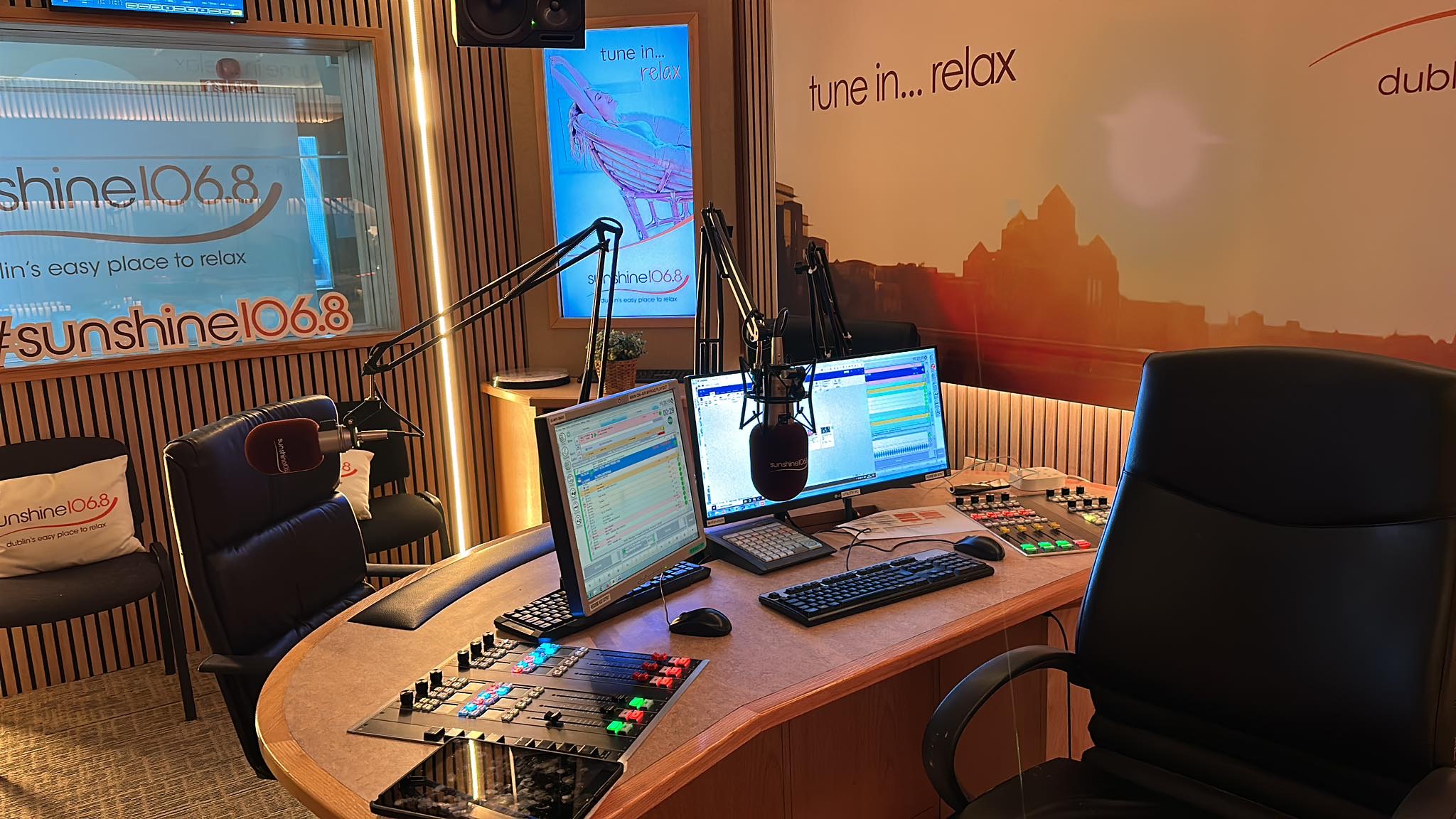
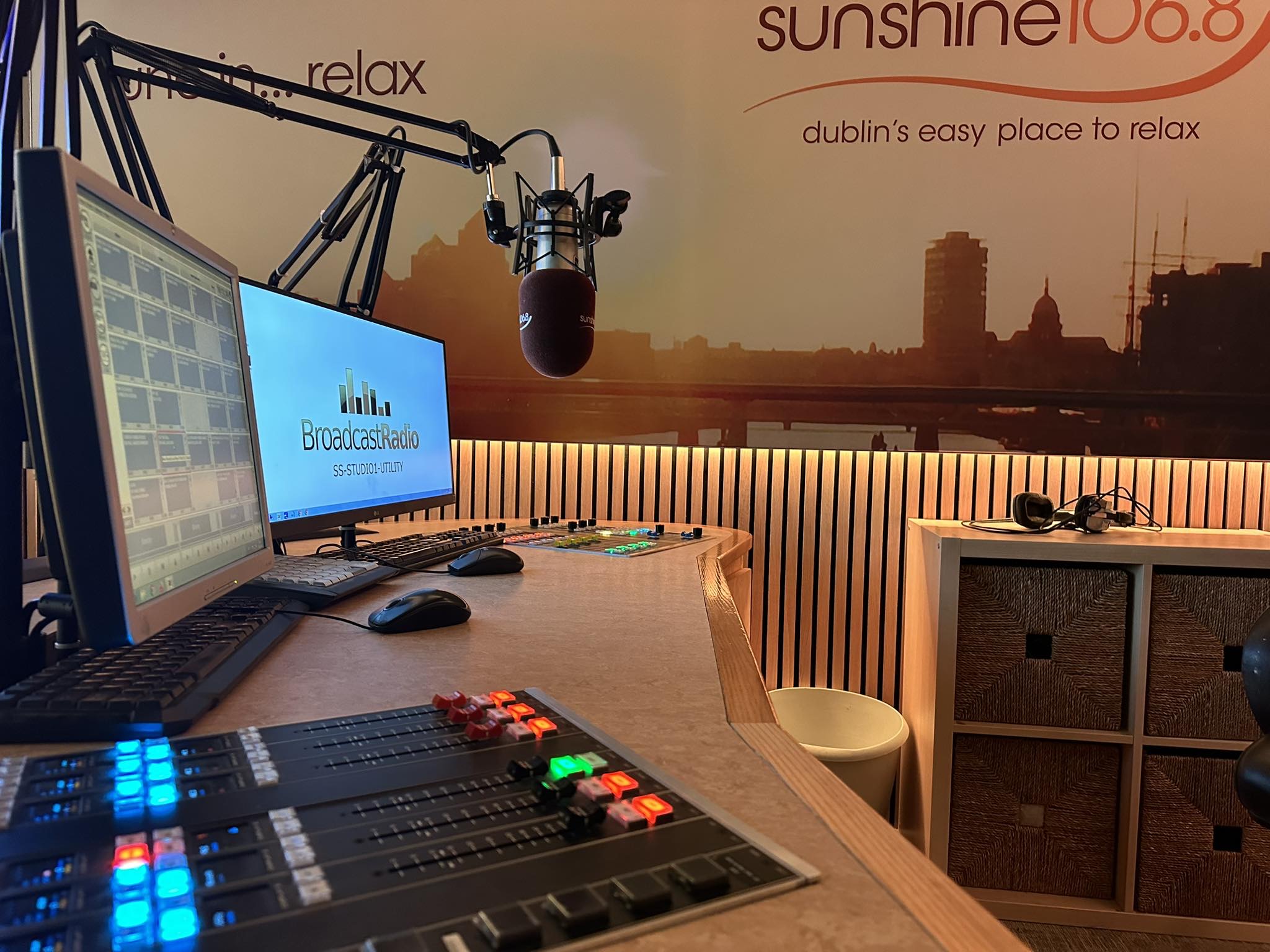
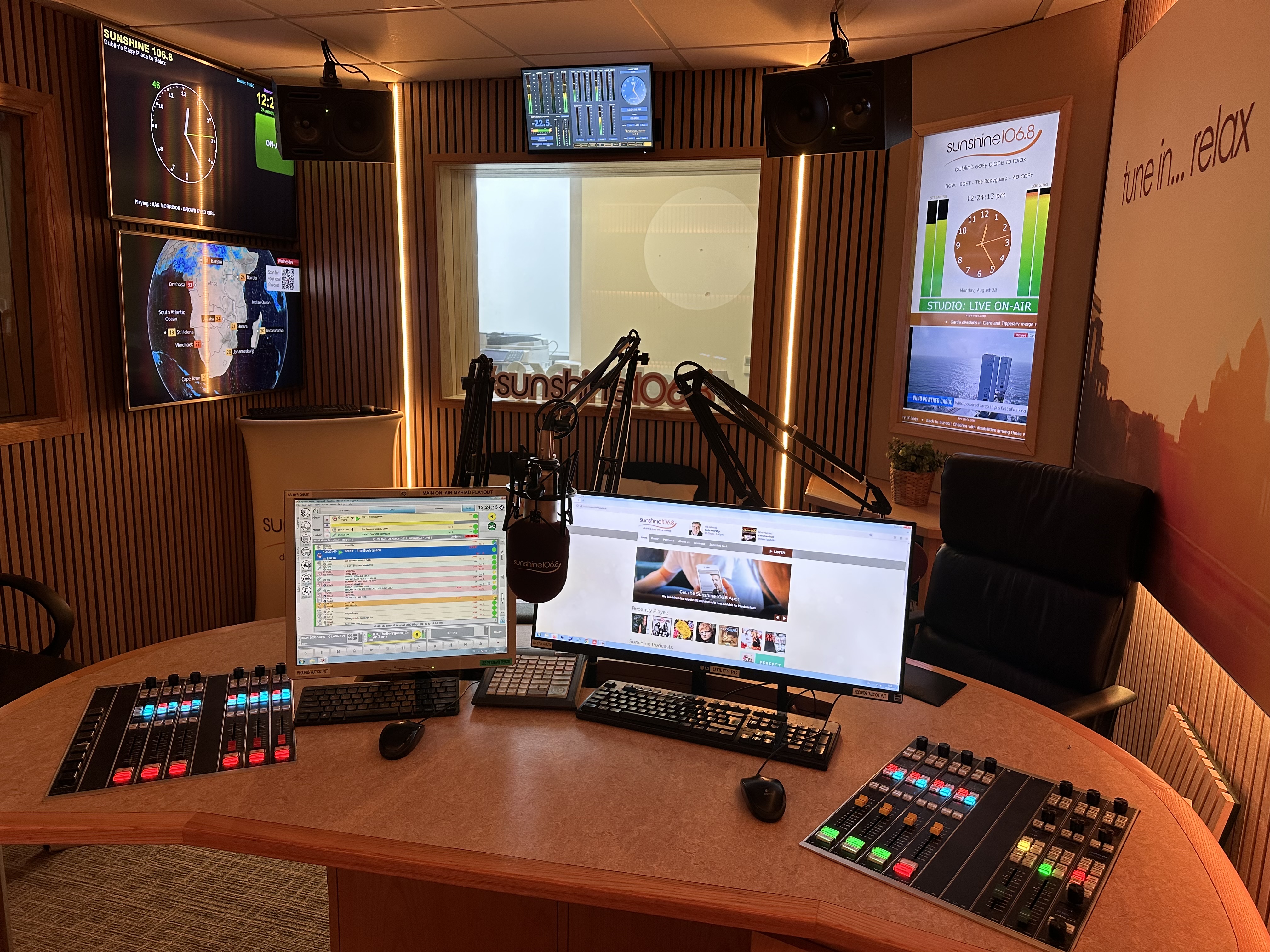
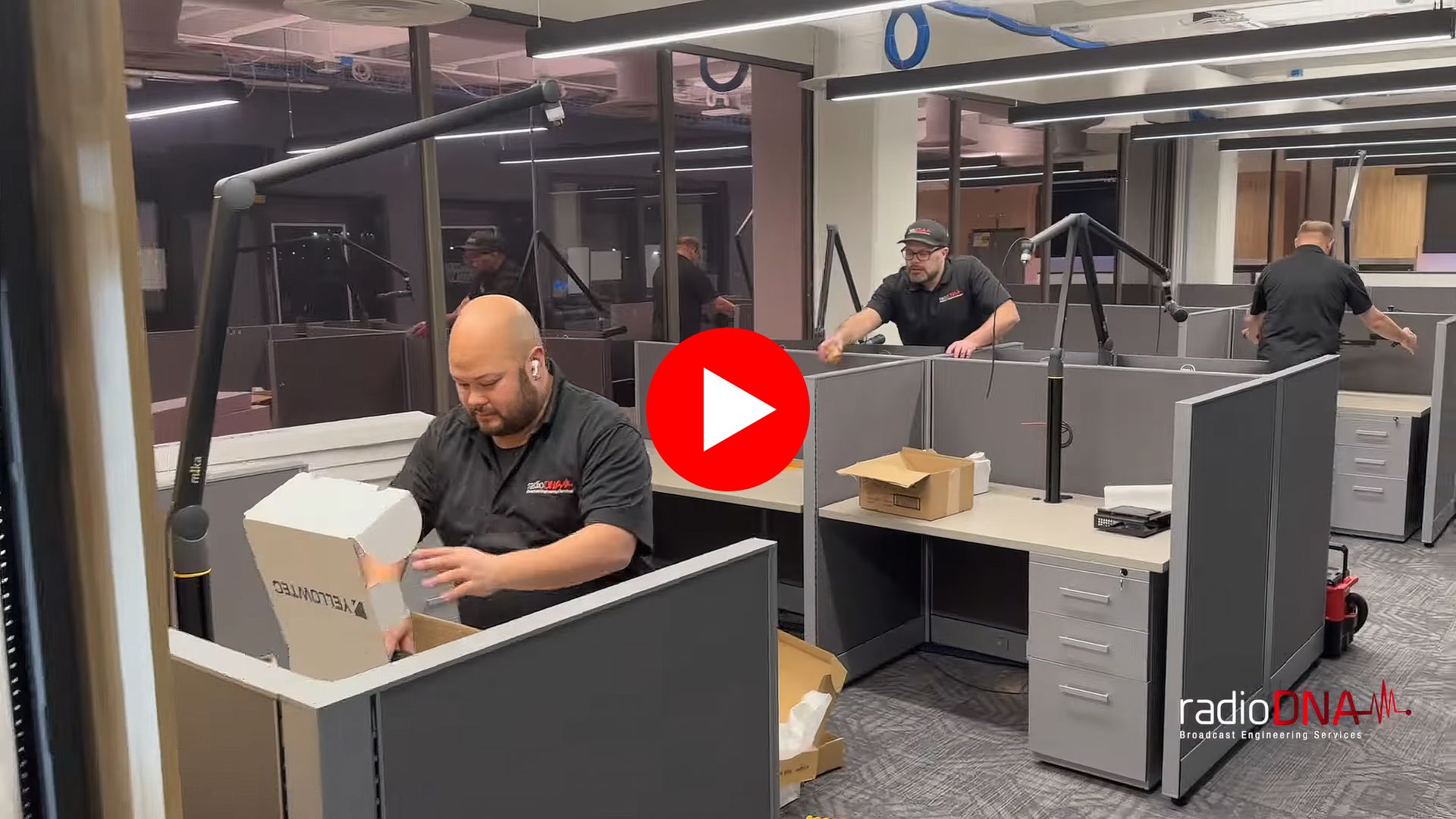
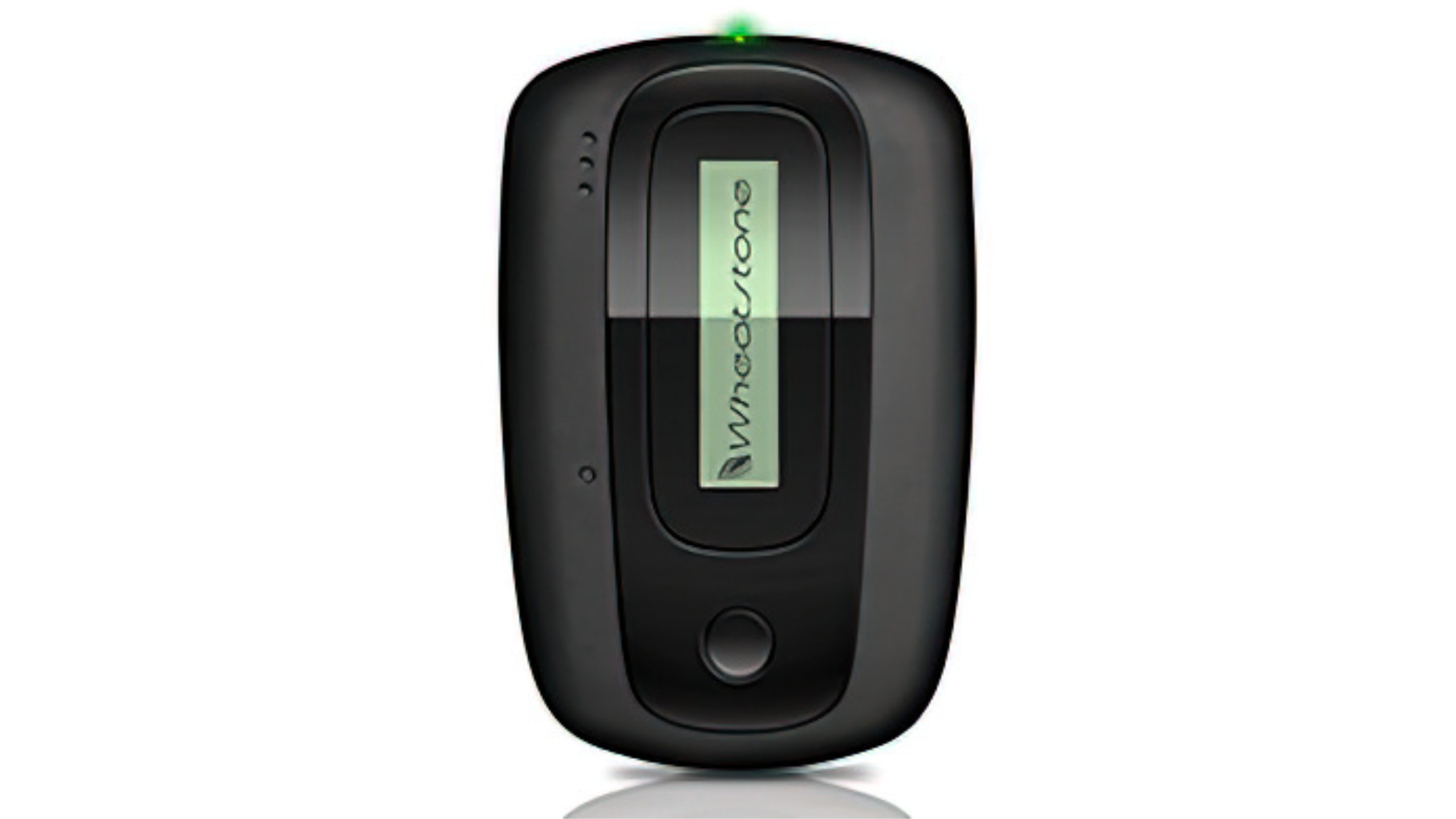
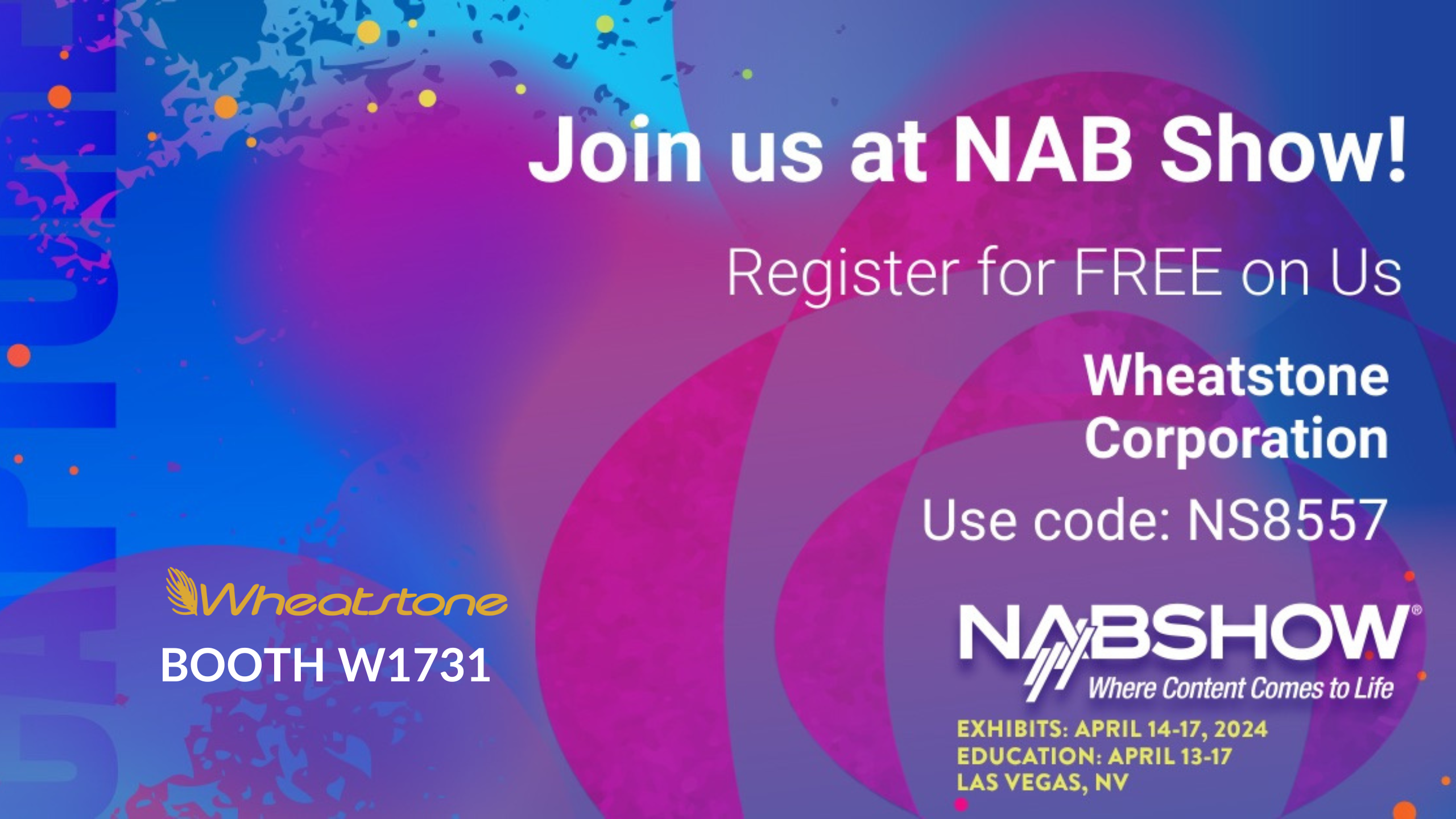
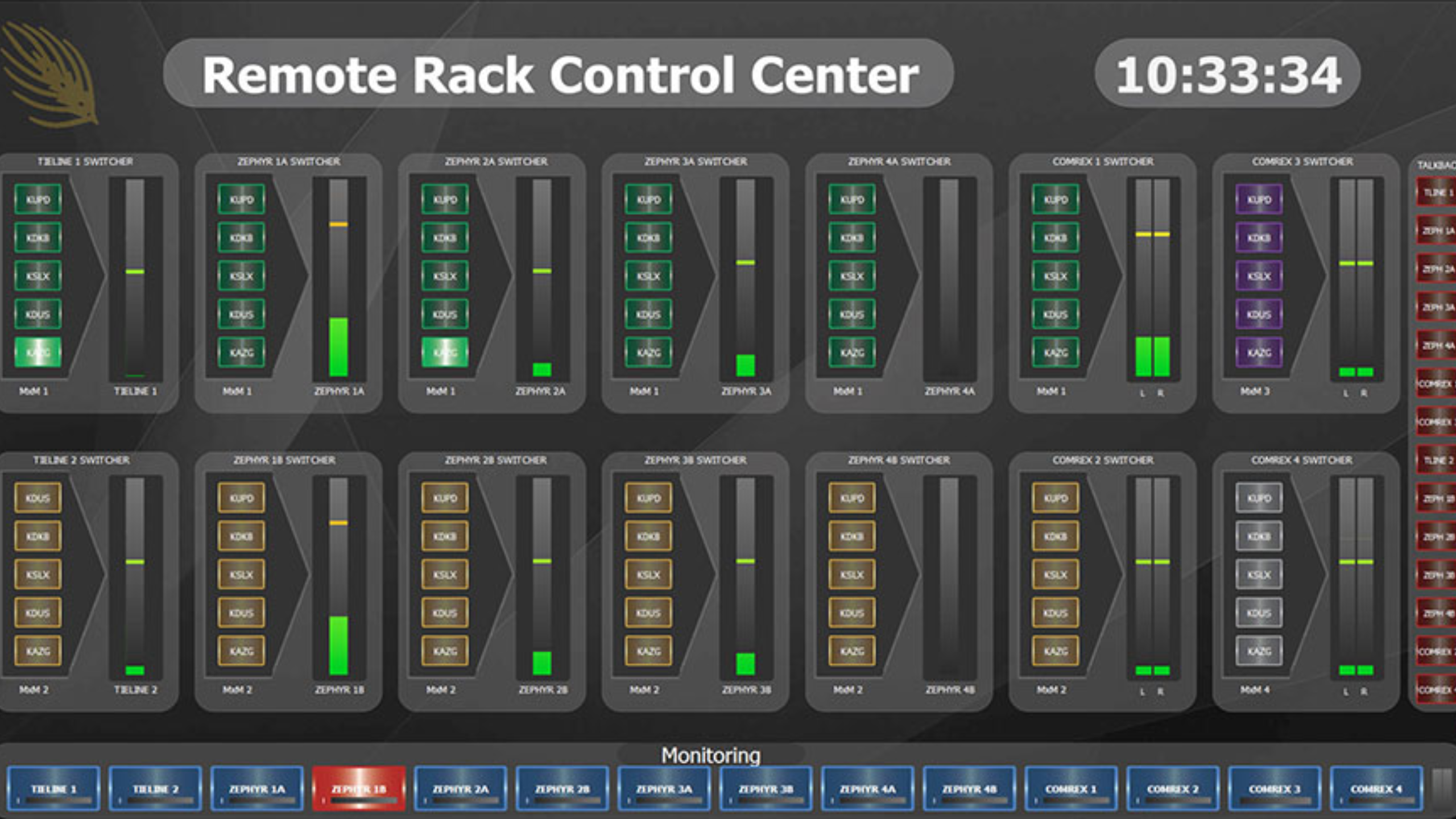
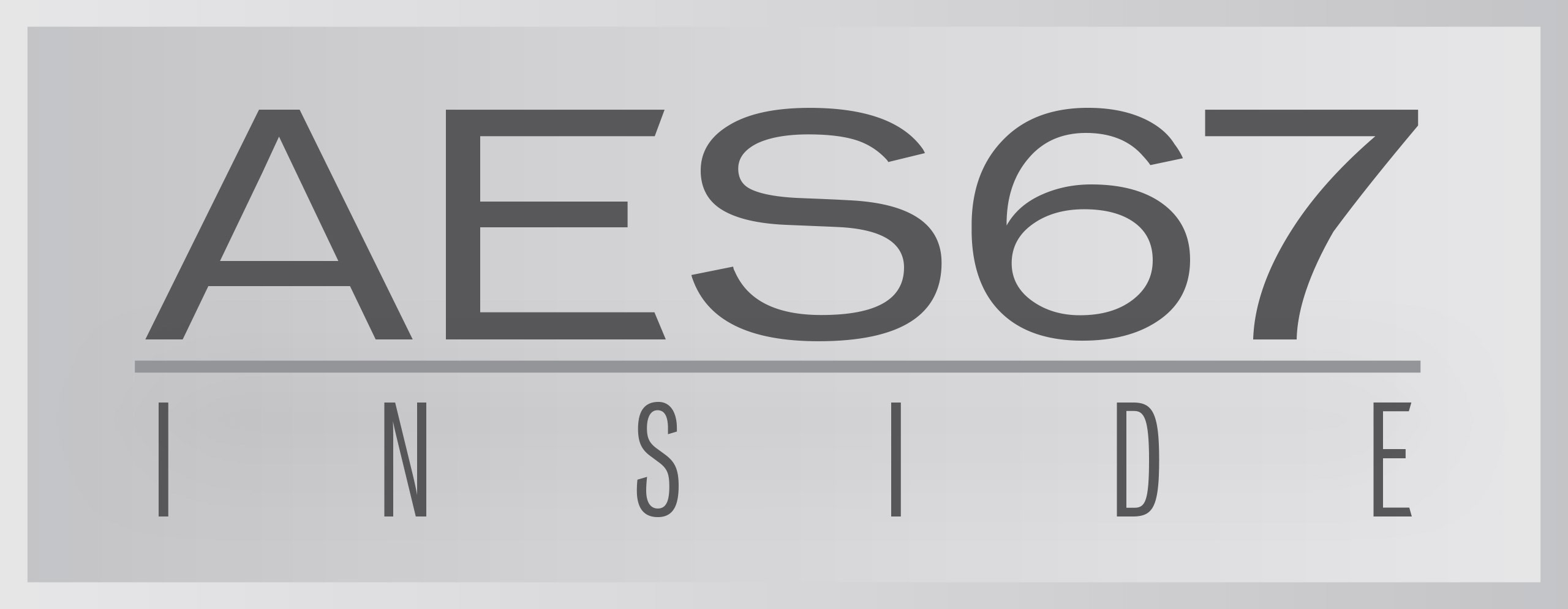
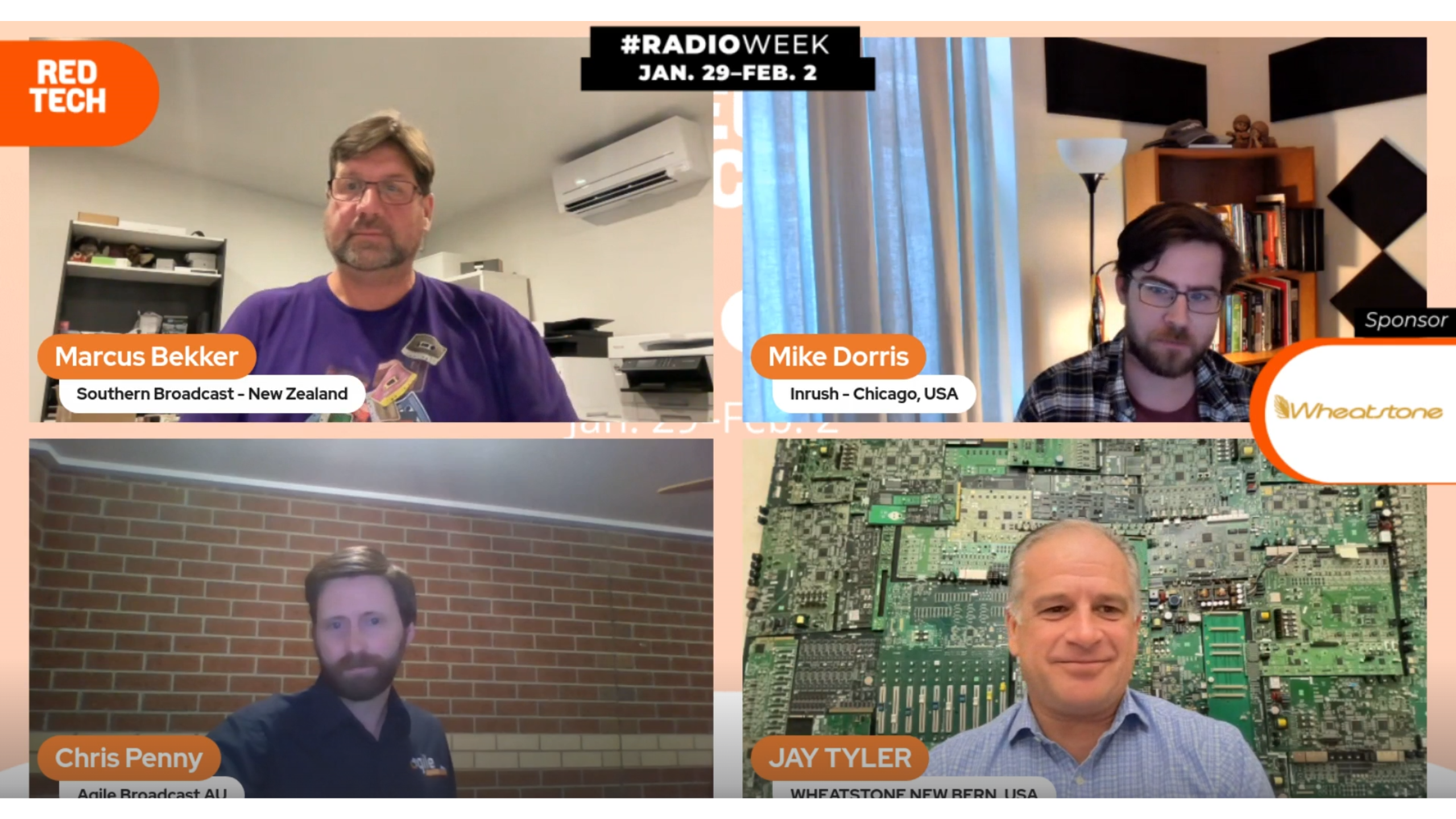
.png)
